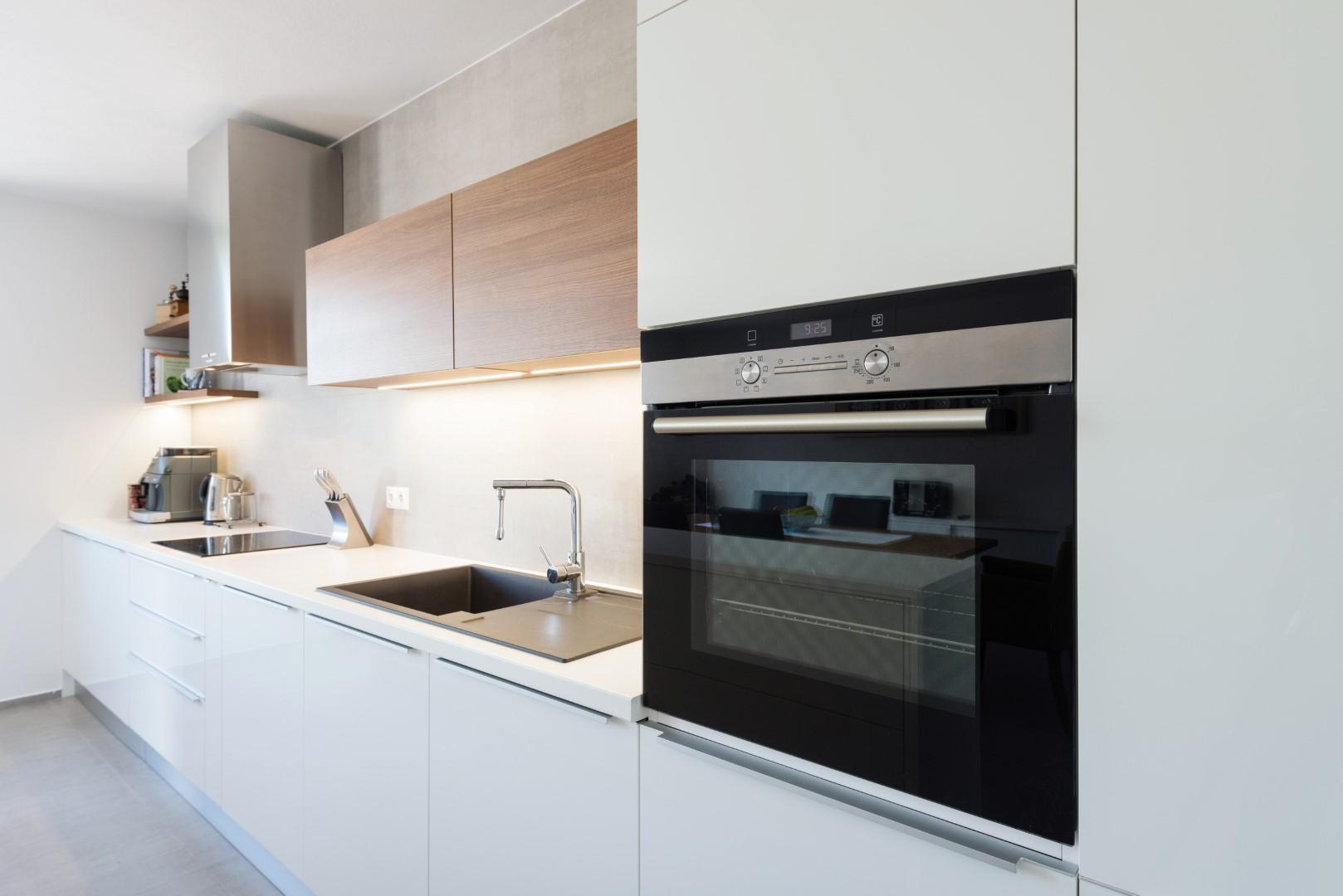

Articles
Why Are Wall Ovens So Expensive
Modified: January 20, 2024
Discover the reasons behind the high prices of wall ovens in our insightful articles. Explore the factors contributing to their expense and make an informed purchasing decision.
(Many of the links in this article redirect to a specific reviewed product. Your purchase of these products through affiliate links helps to generate commission for Storables.com, at no extra cost. Learn more)
Introduction
Wall ovens are a popular choice for many homeowners who are looking to upgrade their kitchen. However, they often come with a higher price tag compared to other kitchen appliances. The question many people ask is: why are wall ovens so expensive?
There are several factors that contribute to the higher cost of wall ovens. In this article, we will explore these reasons to help you understand the value behind the price tag. From the quality and design to advanced features and technology, we will uncover the reasons why wall ovens are a substantial investment for your kitchen.
So, if you’ve ever wondered what makes wall ovens more expensive than traditional ovens, keep reading to find out.
Key Takeaways:
- Wall ovens are expensive due to quality materials, advanced features, and technological innovation. Their higher cost reflects durability, convenience, and the potential for energy savings in the long run.
- Prestigious brand reputation, limited market demand, and specialized installation also contribute to the higher price of wall ovens. Understanding these factors helps homeowners make informed decisions when investing in a stylish and functional kitchen appliance.
Read more: Why Are Pillows So Expensive
Quality and Design
One of the primary reasons why wall ovens are more expensive than their traditional counterparts is the emphasis on quality and design. Wall ovens are considered premium appliances and are built to meet higher standards of craftsmanship.
Manufacturers of wall ovens use high-quality materials in their construction, ensuring durability and longevity. From stainless steel exteriors to heat-resistant glass doors, every component is carefully selected to enhance both the functionality and aesthetics of the oven. These elements not only add to the overall quality of the appliance but also contribute to its higher price point.
In addition to the materials used, the design of wall ovens is a significant factor in their cost. Wall ovens are often sleek and modern in appearance, designed to seamlessly integrate into your kitchen decor. The attention to detail in terms of ergonomics, control panel layout, and door mechanism all contribute to the overall design and functionality of the oven.
Furthermore, wall ovens often come with additional features such as touch controls, LED displays, and intuitive programming options. These features not only enhance the user experience but also require more advanced technology and engineering, which contributes to the higher cost.
In summary, the focus on quality materials, meticulous design, and the incorporation of advanced features all play a role in making wall ovens more expensive than traditional ovens. The investment in both aesthetics and functionality ensures that you are getting a long-lasting, visually appealing appliance for your kitchen.
Advanced Features
Another contributing factor to the higher price of wall ovens is the inclusion of advanced features that are not typically found in traditional ovens. These features add convenience, versatility, and precision to your cooking experience, making the investment worthwhile for many homeowners.
One popular advanced feature found in wall ovens is convection cooking. Convection ovens use a fan to circulate hot air evenly throughout the oven cavity, resulting in faster and more even cooking. This feature allows you to achieve professional-level results in your baking and roasting endeavors.
Some wall ovens also come equipped with steam cooking capabilities. Steam ovens use a combination of steam and heat to cook food, providing healthier cooking options while retaining moisture and nutrients. This feature is especially beneficial for those looking to maintain a healthy lifestyle without compromising on taste.
Moreover, wall ovens often incorporate smart technology features that allow remote control and monitoring via mobile devices. You can preheat your oven, adjust cooking settings, and receive notifications through dedicated apps. These smart features add convenience and flexibility to your cooking routine, but they also require additional components and software infrastructure, increasing the overall cost.
Furthermore, many wall ovens come with specialized cooking modes such as dehydrating, proofing, and sous vide cooking. These modes cater to specific cooking needs and expand your culinary possibilities. While these features may not be essential for every home cook, they provide an added level of functionality for those who want to explore different cooking techniques.
In summary, the inclusion of advanced features such as convection cooking, steam cooking, smart technology integration, and specialized cooking modes contribute to the higher cost of wall ovens. These features enhance the versatility, convenience, and precision of the appliance, allowing you to elevate your cooking game and explore new culinary horizons.
Technology and Innovation
Wall ovens are at the forefront of kitchen technology and innovation, which is another reason for their higher price tag. Manufacturers invest heavily in research and development to bring cutting-edge features and advancements to these appliances.
In recent years, there have been remarkable advancements in oven technology. Wall ovens now incorporate features such as touch-screen controls, intuitive interfaces, and programmable settings that make cooking more convenient and precise. These technological advancements require sophisticated hardware and software implementations, which add to the cost of the appliance.
Furthermore, wall ovens are often equipped with sensors that can detect food temperature and cooking progress, adjusting cooking times and temperatures accordingly. This ensures consistent results and eliminates the guesswork from cooking. These sensors, along with other high-tech components, contribute to the overall cost of the oven.
Additionally, manufacturers are continuously exploring new ways to improve energy efficiency in wall ovens. Energy-saving technologies such as improved insulation, efficient airflow management, and advanced heat distribution systems help reduce energy consumption and save on utility bills. However, these innovative features require extensive engineering and the use of specialized materials, which are reflected in the higher price point of wall ovens.
Moreover, the integration of smart home technology has transformed wall ovens. They can now be connected to virtual assistants like Alexa or Google Assistant, allowing for voice control and seamless integration with other smart devices in your home. This level of connectivity and automation comes with added costs but provides unparalleled convenience for the tech-savvy homeowner.
In summary, the constant push for technological advancements and innovation in wall ovens contributes to their higher price. The investment in cutting-edge features, smart home integration, energy efficiency improvements, and sophisticated sensors ensures that you are getting an appliance that is technologically advanced and ahead of its time.
Energy Efficiency
Energy efficiency is becoming increasingly important in today’s society, and wall ovens are no exception. While they may have a higher upfront cost, wall ovens are designed to be more energy-efficient, ultimately saving you money in the long run.
One of the primary factors that contribute to the energy efficiency of wall ovens is enhanced insulation. These ovens are built with high-quality insulation materials that help to retain heat within the oven cavity. This means that less energy is lost to the surrounding environment, resulting in reduced energy consumption during cooking.
Additionally, many wall ovens now feature advanced airflow management systems. These systems ensure efficient air circulation within the oven, optimizing heat distribution and reducing cooking time. By achieving more even heat distribution, you can cook your meals faster and at lower temperatures, which saves energy with every use.
Furthermore, wall ovens often come equipped with advanced cooking modes, such as convection baking. This mode utilizes a fan to circulate hot air evenly, resulting in faster cooking times and reduced energy usage. The ability to cook at lower temperatures while achieving the same or better results means significant energy savings over time.
Some wall ovens also feature self-cleaning capabilities, which use high-heat cycles to incinerate food residue and grease, eliminating the need for harsh chemical cleaners. This not only saves you time and effort but also reduces the environmental impact of cleaning products.
When shopping for a wall oven, you may notice the Energy Star label on certain models. This certification indicates that the oven meets strict energy efficiency standards set by the Environmental Protection Agency (EPA). By choosing an Energy Star certified wall oven, you can be confident that you are investing in an appliance that will save energy and reduce your carbon footprint.
In summary, the energy efficiency of wall ovens is a key factor in their higher price point. The use of enhanced insulation, advanced airflow management systems, energy-saving cooking modes, and self-cleaning features all contribute to a reduction in energy consumption, resulting in long-term savings on your energy bills.
Read more: Why Are Mirrors So Expensive
Installation and Customization
Installation and customization options are additional factors that contribute to the higher cost of wall ovens. Unlike traditional ovens, wall ovens require specialized installation, which can be more time-consuming and complex.
Wall ovens are designed to be installed directly into cabinetry or walls, creating a built-in and streamlined look. This installation process often involves electrical work and potentially modifications to your kitchen layout. Professional installation is recommended to ensure proper electrical connections, ventilation, and structural integrity.
Customization is another aspect that adds to the cost of wall ovens. They are available in various sizes, configurations, and finishes to fit your specific kitchen layout and design preferences. This allows you to choose an oven that seamlessly integrates with your cabinetry and overall aesthetic. However, this level of customization often comes with a higher price tag.
Additionally, wall ovens may offer customizable cooking options to cater to your specific culinary needs. They may have adjustable racks, multiple cooking modes, and programmable settings that allow you to personalize your cooking experience. This level of customization adds versatility and convenience to the appliance, but it also increases its cost.
Furthermore, specialized accessories and add-ons are available for wall ovens, such as baking stones, grill grates, and telescopic racks. These accessories enhance the capabilities of your oven and allow you to explore various cooking methods. However, they are often sold separately, adding to the overall cost of ownership.
In summary, the installation process and customization options of wall ovens contribute to their higher price. The need for professional installation, customization to fit your kitchen layout, and the availability of specialized accessories all account for the additional cost. Investing in proper installation and customization ensures that your wall oven seamlessly integrates into your kitchen, providing both functionality and visual appeal.
Consider the features and technology that come with a wall oven, such as convection cooking, self-cleaning functions, and advanced cooking modes, which contribute to the higher price compared to traditional ovens.
Brand Reputation and Prestige
Brand reputation and prestige play a significant role in the pricing of wall ovens. Established and reputable brands often come with a higher price tag due to their well-known name, quality craftsmanship, and reliable customer support.
High-end brands invest heavily in research, development, and manufacturing processes to ensure that their wall ovens are of the highest quality. They use premium materials, incorporate advanced features, and employ rigorous quality control measures to deliver appliances that meet the expectations of discerning customers.
These brands often have a long-standing reputation for producing reliable and durable products. Customers have confidence in their products, knowing that they are investing in an appliance that has been tested and trusted by others. This reputation for quality and reliability adds to the overall cost of the oven.
In addition to reputation, prestigious brands often come with a certain level of exclusivity and luxury. Owning a high-end wall oven from a renowned brand is seen as a status symbol and a mark of sophistication. These brands cater to niche markets, appealing to homeowners who seek unique and exceptional appliances for their kitchen.
Furthermore, prestigious brands often provide superior customer support and warranty coverage. They understand the importance of providing excellent after-sales service and ensuring customer satisfaction. This level of support, combined with the brand’s reputation, contributes to the higher price tag associated with their wall ovens.
While there are more affordable options available, homeowners who value brand reputation and prestige are willing to pay a premium for the assurance of quality, craftsmanship, and customer service that comes with these high-end brands.
In summary, the brand reputation and prestige associated with certain wall oven manufacturers contribute to their higher price. The investment in research, development, quality control, and customer support all adds value to the appliance, making it a desirable choice for those seeking reliability, exclusivity, and exceptional service.
Limited Market Demand
Another factor that contributes to the higher price of wall ovens is the limited market demand compared to traditional ovens. While wall ovens are popular among homeowners who prioritize style and functionality in their kitchen, they do not have the same level of demand as standard freestanding or slide-in ovens.
The limited market demand for wall ovens is partly due to their specific installation requirements. Not all kitchens are designed or equipped to accommodate wall ovens, as they require dedicated wall space and often involve electrical and carpentry work. This limits the potential customer base and may result in higher prices due to economies of scale.
Furthermore, wall ovens are considered to be more of a luxury or niche product, appealing to homeowners who are willing to invest in high-end appliances for their kitchen. The smaller target market for these premium appliances means that manufacturers cannot rely on high volume sales to offset production costs. As a result, the prices of wall ovens tend to be higher to cover the costs associated with the limited market demand.
Additionally, the specialized nature of wall ovens and their installation requirements means that they often require professional installation. This can add an additional cost to the overall purchase price, further contributing to the higher price tag of wall ovens.
While the limited market demand for wall ovens may result in higher prices, it also means that those who choose to invest in these appliances can enjoy a unique and exclusive addition to their kitchen. The higher price can be seen as a reflection of the craftsmanship, functionality, and prestige associated with wall ovens.
In summary, the limited market demand for wall ovens compared to traditional ovens is a factor that contributes to their higher price. The specialized installation requirements, smaller target market, and potential additional costs associated with professional installation all play a role in determining the price of wall ovens.
Manufacturing and Materials
The manufacturing process and the choice of materials are significant contributors to the higher price of wall ovens. Wall ovens are carefully crafted using high-quality materials and undergo meticulous manufacturing processes to ensure durability, performance, and aesthetic appeal.
Manufacturers of wall ovens invest in advanced manufacturing technologies and techniques to create appliances that are built to last. From precision cutting and fabrication of parts to the assembly of components, every step of the manufacturing process is carried out with attention to detail and quality control.
In addition to the manufacturing process, the choice of materials used in the construction of wall ovens is a key factor in their higher price. Premium-grade stainless steel is often used for the exterior of the oven, providing a sleek and durable finish. The interior is typically lined with high-quality materials such as porcelain or enamel, which are resistant to heat and wear.
The oven doors are made of heat-resistant glass that ensures safety and allows you to monitor your cooking without opening the door. These materials not only contribute to the overall durability of the appliance but also enhance its visual appeal.
Moreover, the internal components and heating elements of wall ovens are designed to withstand high temperatures and provide consistent heat distribution. These components are made from durable materials such as reinforced steel or ceramics, which add to the overall cost of manufacturing.
The choice of materials and the precision manufacturing processes used in wall ovens ensure that they are built to withstand the demands of daily cooking and offer reliable performance for many years. While these factors may contribute to the higher price, they ensure that you are investing in an appliance that is well-crafted and built to last.
In summary, the attention to detail in the manufacturing process and the use of high-quality materials contribute to the higher price of wall ovens. The investment in precision manufacturing techniques, premium-grade stainless steel, heat-resistant glass, and durable internal components all ensure that you are getting an appliance that is not only visually appealing but also built to withstand the rigors of everyday cooking.
Read more: Why Are Curtains So Expensive
Maintenance and Service Costs
Another factor that contributes to the higher price of wall ovens is the maintenance and service costs associated with these appliances. While wall ovens are designed to be durable and long-lasting, they may require occasional maintenance and repairs over time.
Wall ovens often come with specialized features and advanced technology that require professional expertise for repairs and maintenance. The complexity of these appliances often means that service and repair costs can be higher compared to traditional ovens.
In addition, wall ovens may require regular maintenance to keep them functioning at their best. This can include tasks such as cleaning the interior, replacing filters, and ensuring proper ventilation. While these maintenance tasks are necessary to extend the lifespan and performance of the oven, they may require additional time, effort, and potentially professional assistance.
Furthermore, if a wall oven does require repair or replacement parts, these components may be more expensive than those for traditional ovens. The specialized nature of wall ovens means that specific parts may need to be ordered directly from the manufacturer, resulting in higher costs.
However, it’s important to note that many reputable manufacturers provide warranties and customer support for their wall ovens. These warranties may cover certain repairs and parts replacements, helping to mitigate the potential maintenance costs. It is recommended to review the warranty coverage and understand the terms and conditions before purchasing a wall oven.
Overall, the potential maintenance and service costs associated with wall ovens are factors that contribute to their higher price. It is essential to consider these costs when budgeting for a wall oven to ensure that you can afford any potential repairs or service requirements in the future.
In summary, the specialized features and advanced technology of wall ovens can result in higher maintenance and service costs compared to traditional ovens. While warranties and customer support may help offset some of these costs, it is important to be aware of the potential expenses associated with the long-term maintenance of a wall oven.
Conclusion
Wall ovens are a popular choice for homeowners who value style, functionality, and versatility in their kitchen. While they may come with a higher price tag compared to traditional ovens, there are several factors that contribute to this cost. Understanding these factors can help you appreciate the value behind the price and make an informed decision when investing in a wall oven.
The higher cost of wall ovens can be attributed to various factors. First and foremost, the emphasis on quality materials and meticulous design ensures that you are getting a durable and aesthetically pleasing appliance. Advanced features, such as convection cooking, steam cooking, and smart technology integration, add convenience and versatility to your cooking experience but require additional engineering and components.
The constant push for technological advancements and innovation in wall ovens contributes to their higher price. The investment in energy efficiency, smart home integration, and advanced sensors ensures that you are getting an appliance that is technologically advanced and ahead of its time.
The limited market demand for wall ovens compared to traditional ovens plays a role in the higher price. The specialized installation requirements, smaller target market, and potential additional costs associated with professional installation all contribute to the overall cost.
Brand reputation and prestige are factors that contribute to the higher price of wall ovens. Established brands invest in research, development, and manufacturing processes to deliver appliances that meet the expectations of discerning customers. Owning a high-end wall oven from a prestigious brand is seen as a mark of sophistication.
The manufacturing process, choice of materials, and potential maintenance and service costs also contribute to the higher price of wall ovens. The use of high-quality materials and precise manufacturing techniques ensures that you are investing in an appliance that is durable and built to last, although maintenance and repair costs may be higher compared to traditional ovens.
In conclusion, the higher price of wall ovens is justified by the quality materials, meticulous design, advanced features, technological innovation, brand reputation, limited market demand, and potential maintenance costs associated with these appliances. By understanding the value these factors bring, you can make an informed decision and find the perfect wall oven that meets your needs, enhances your kitchen, and ensures a delightful cooking experience for years to come.
Frequently Asked Questions about Why Are Wall Ovens So Expensive
Was this page helpful?
At Storables.com, we guarantee accurate and reliable information. Our content, validated by Expert Board Contributors, is crafted following stringent Editorial Policies. We're committed to providing you with well-researched, expert-backed insights for all your informational needs.
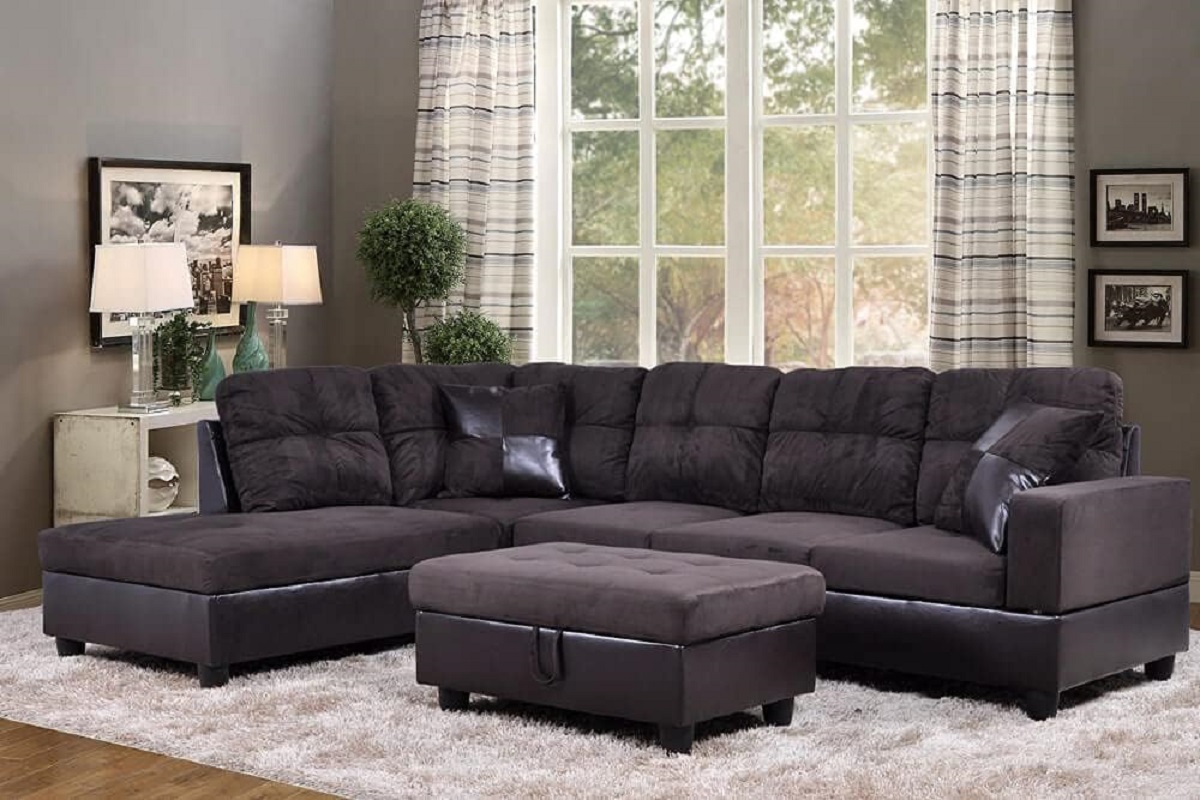

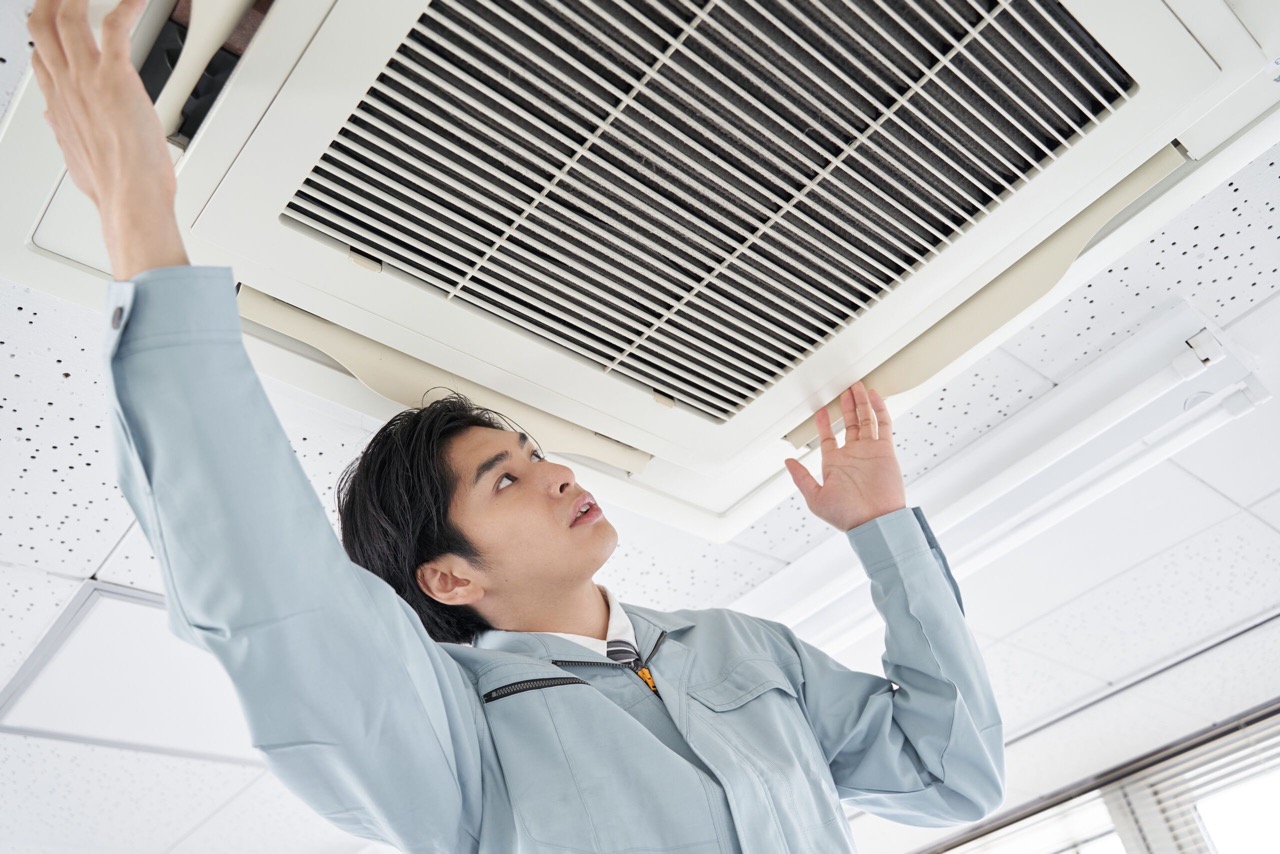


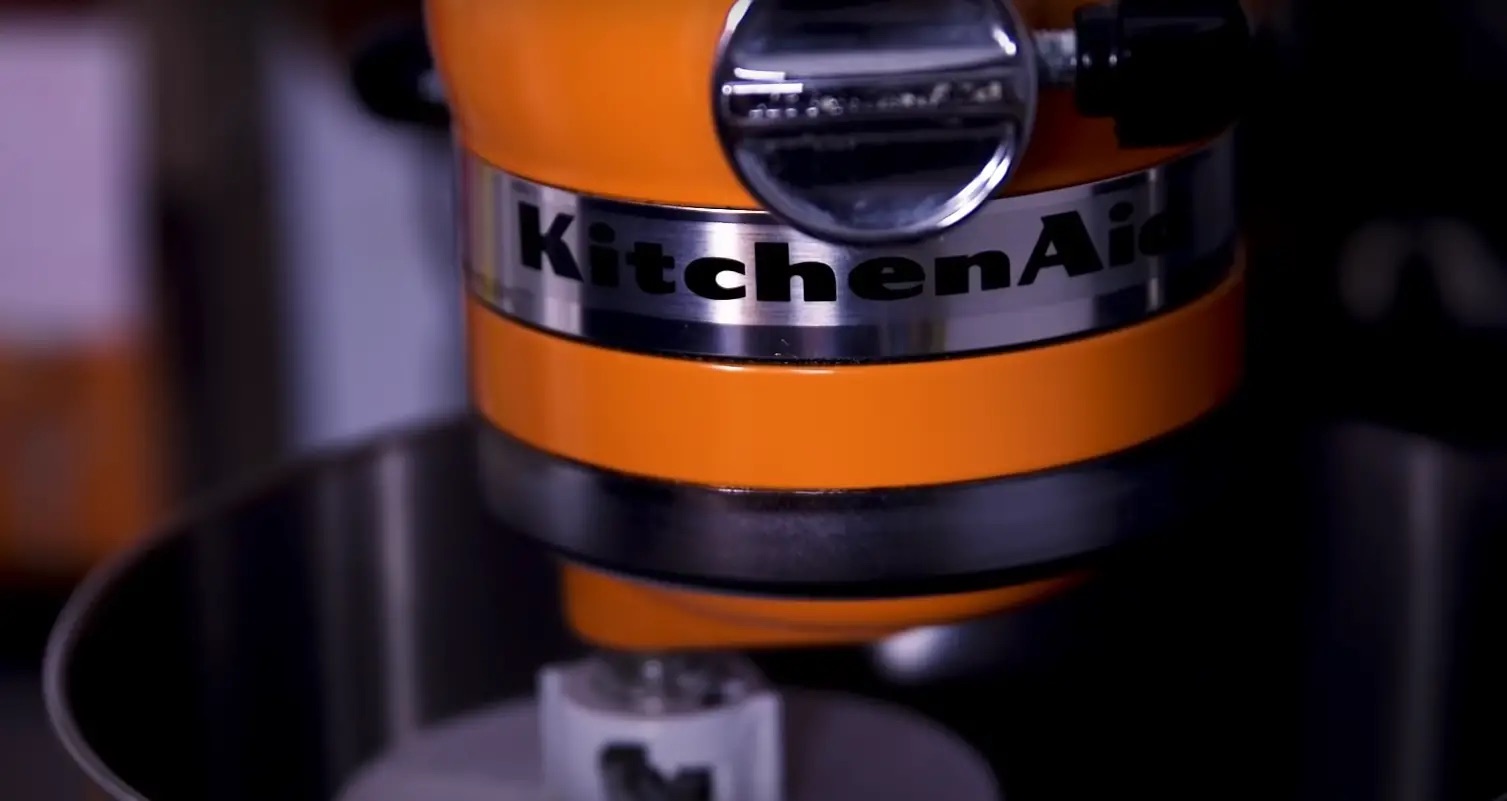


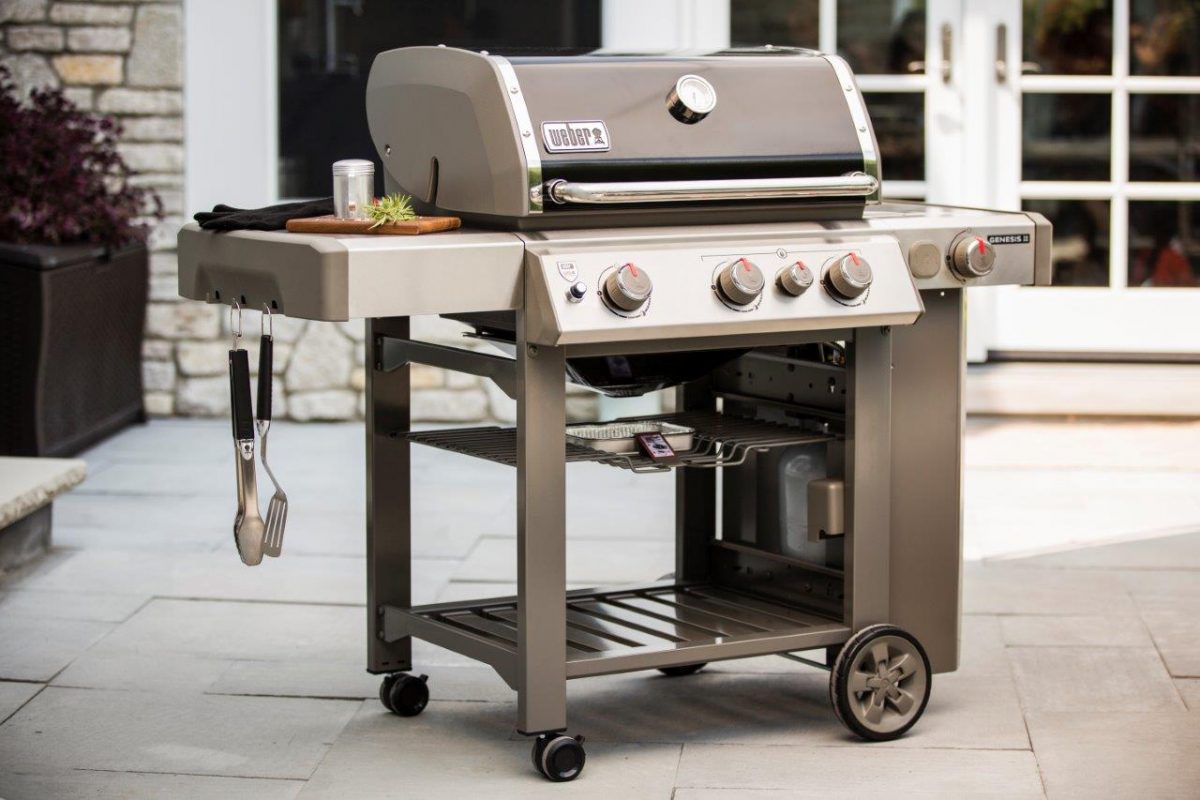
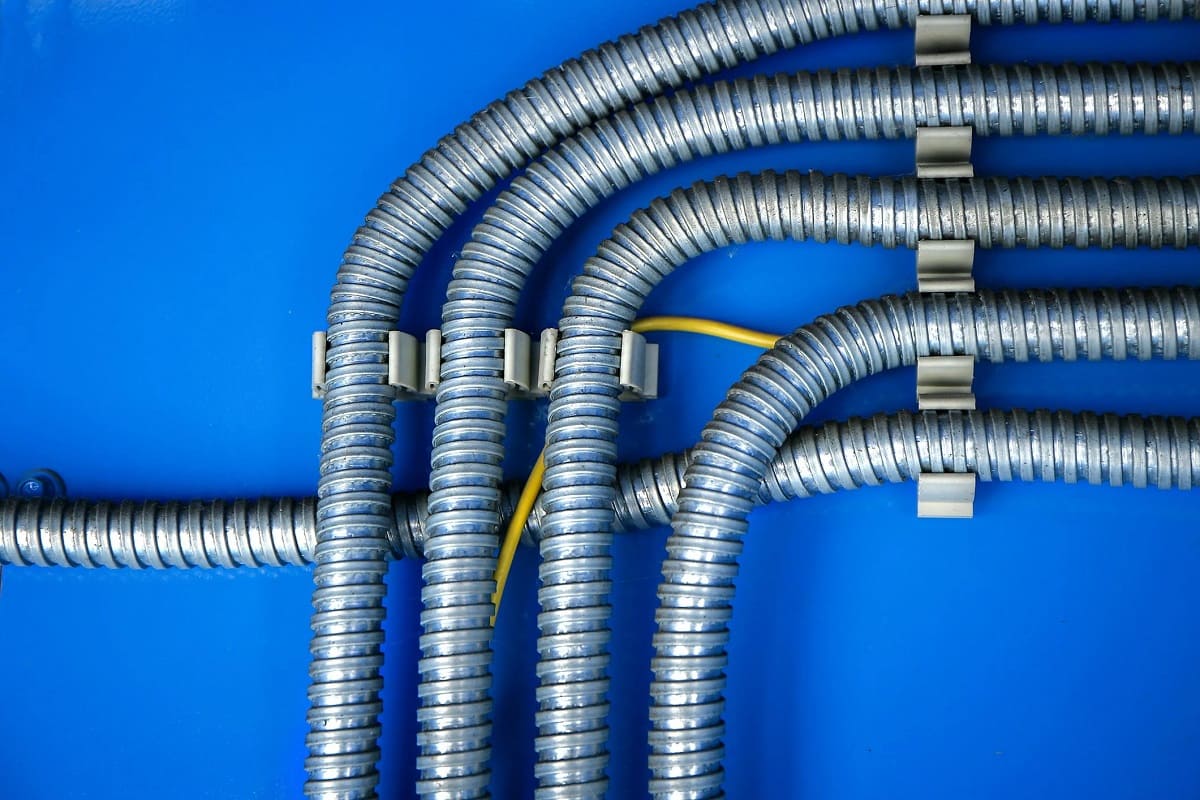

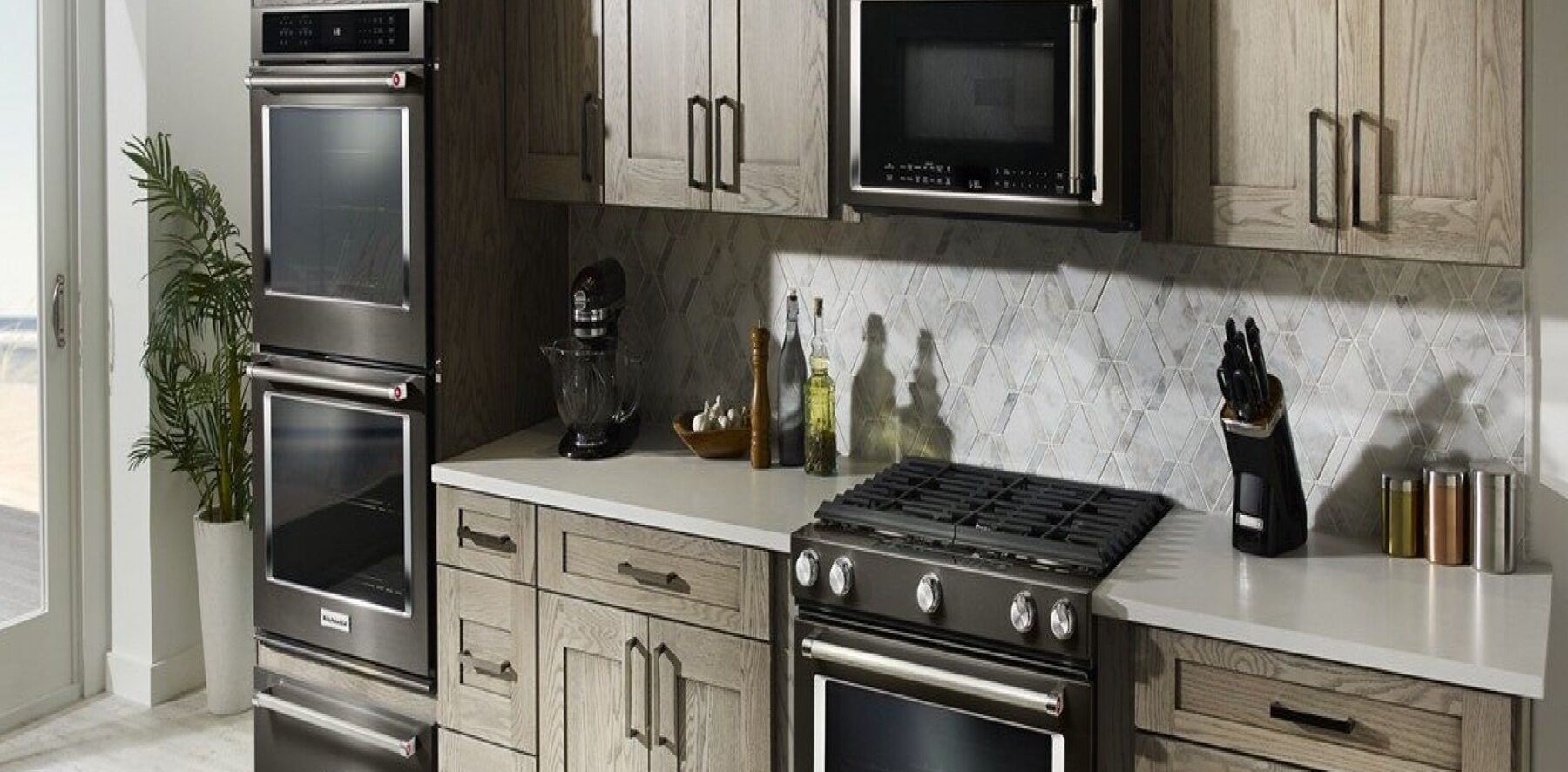
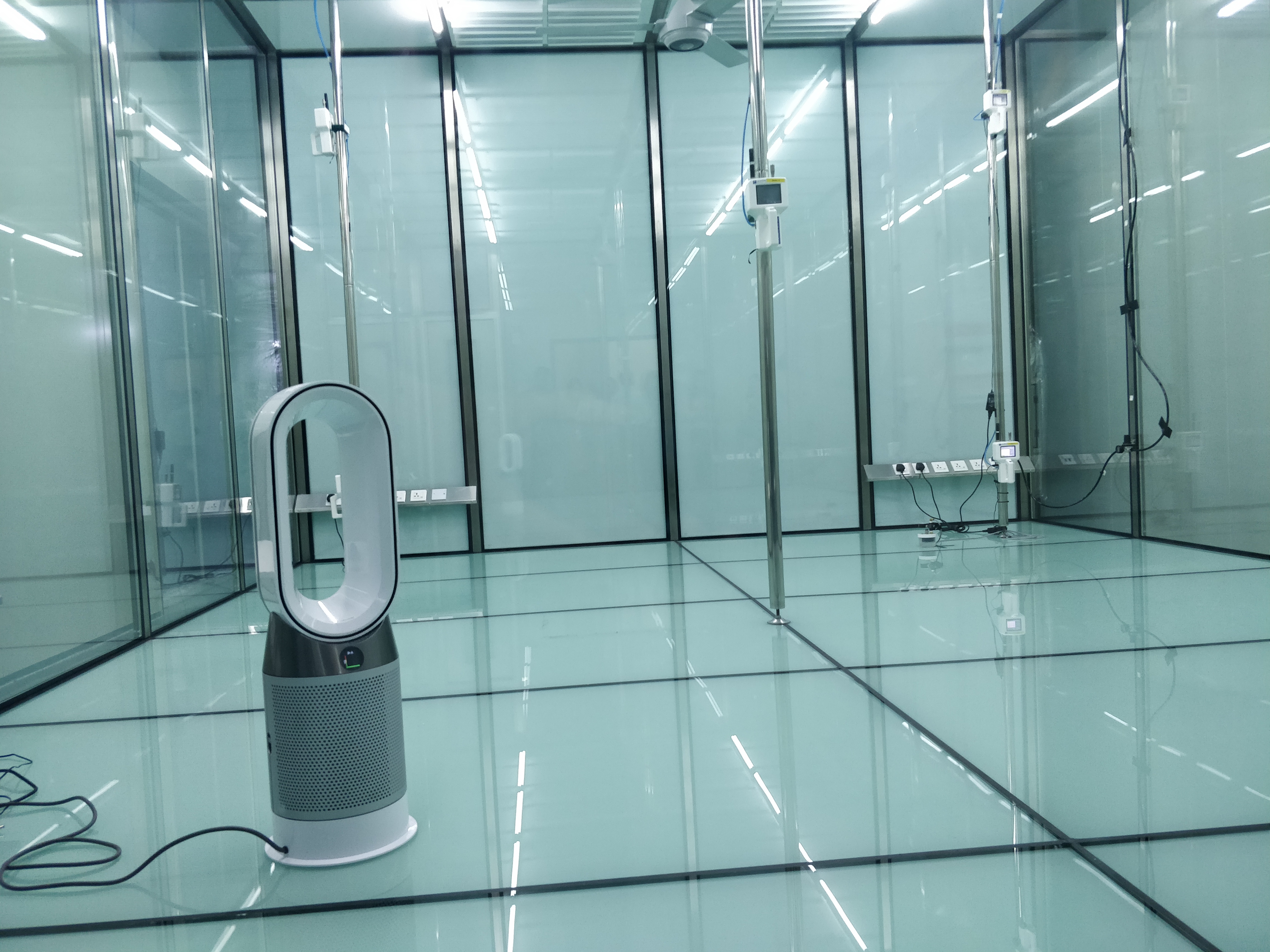

0 thoughts on “Why Are Wall Ovens So Expensive”